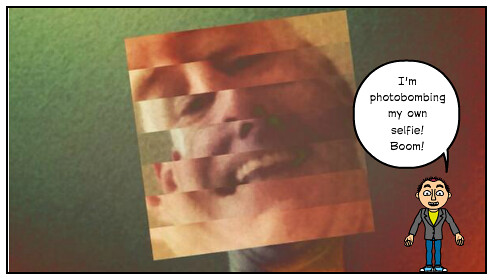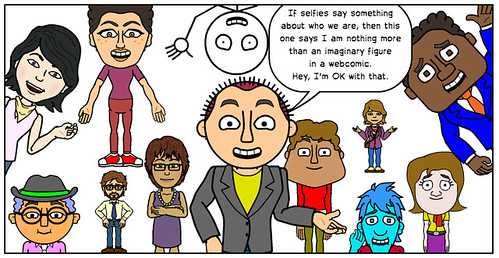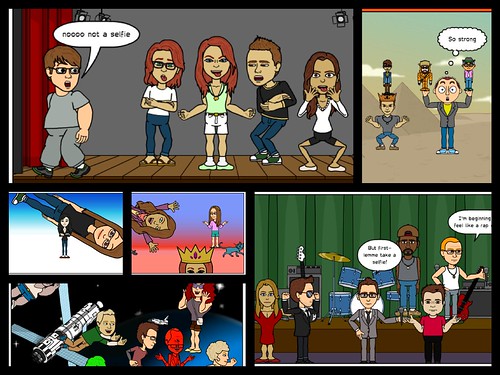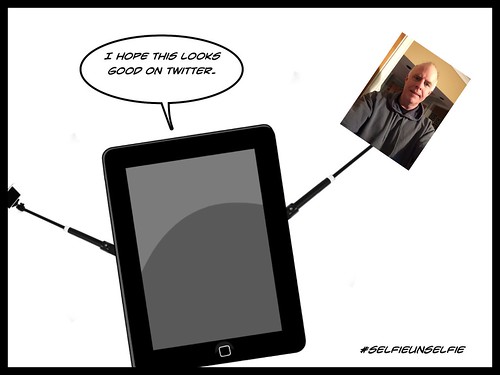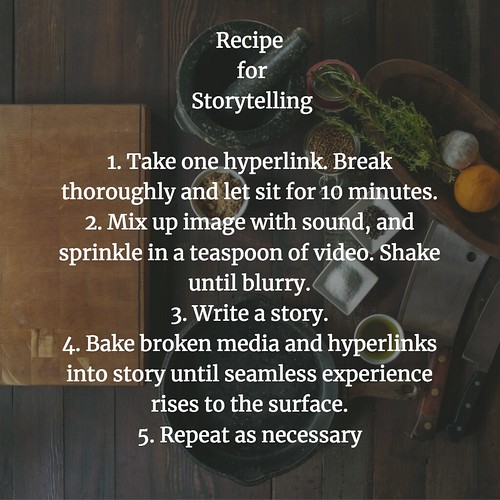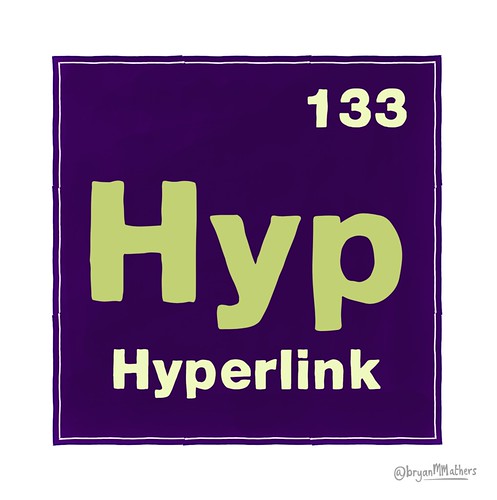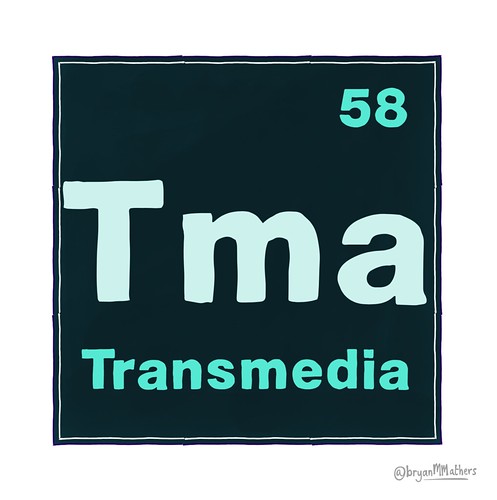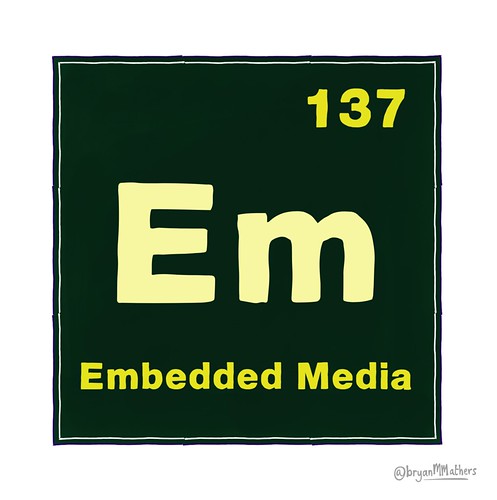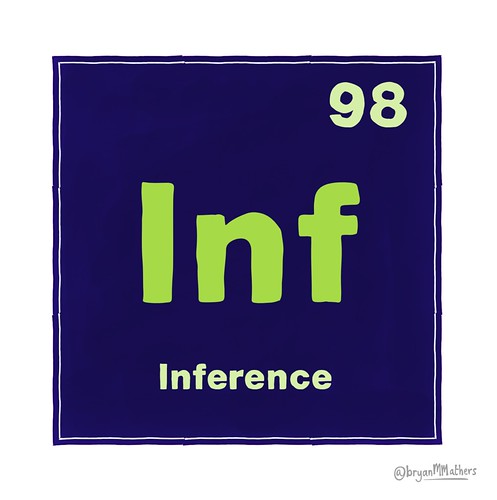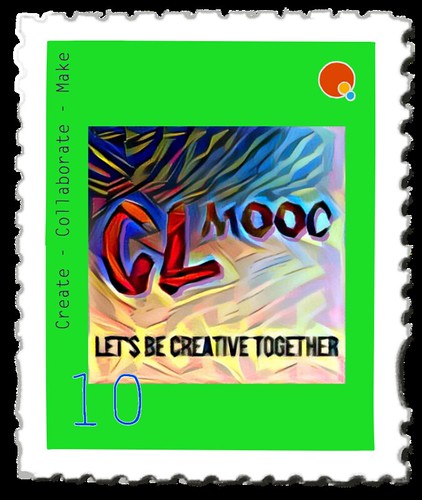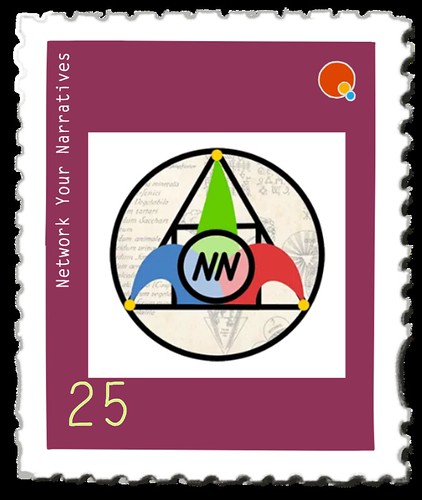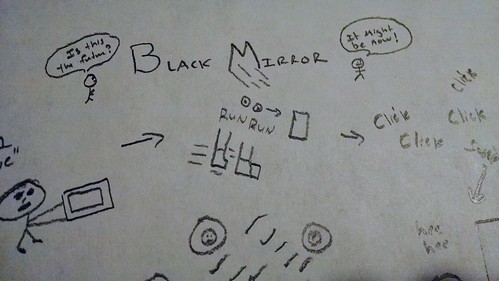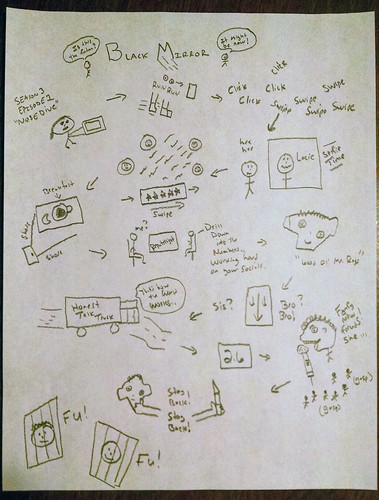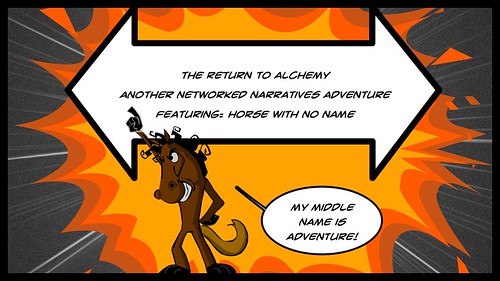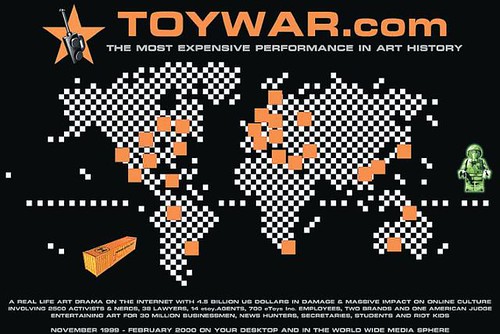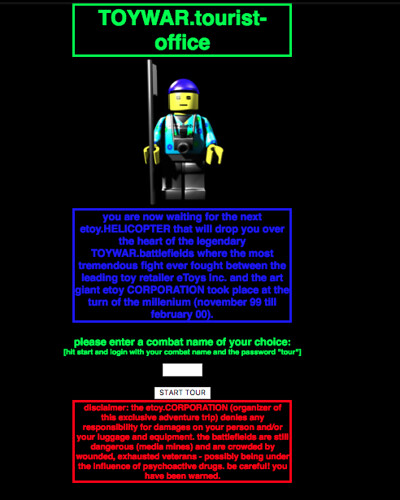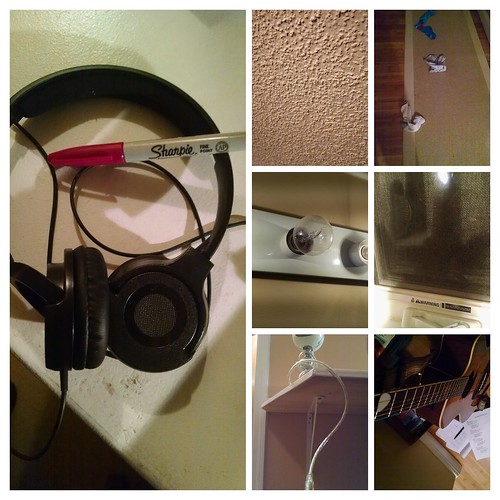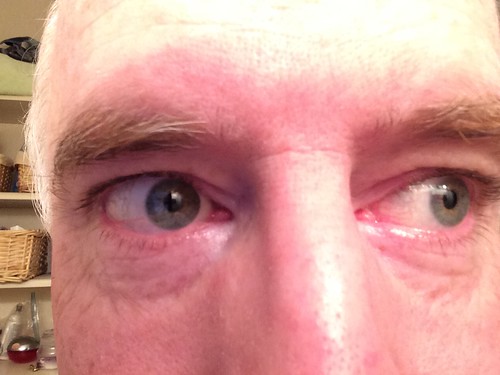 We’re exploring the art and act of Selfies in Networked Narratives, as Mia Zamora and Hannah Kelley are researching the impact of selfies and plan to curate a public art exhibit under the banner of #SelfieUnselfie in Norway. Both are on Fulbright Scholarships right now and focused on digital literacies (I think).
We’re exploring the art and act of Selfies in Networked Narratives, as Mia Zamora and Hannah Kelley are researching the impact of selfies and plan to curate a public art exhibit under the banner of #SelfieUnselfie in Norway. Both are on Fulbright Scholarships right now and focused on digital literacies (I think).
Take a look/listen to their project and their invitation:
True story: an hour after watching that video by Mia and Hannah and thinking about the idea of the Unselfie the other night, my wife and son and I sat down to watch an episode of the Modern Family sitcom, which opens with the parents berating the older daughter for laying around all day, taking selfies on her phone. (Later, we learn she’s been building a blogging site for fashion and making money of her images of herself and her fashion choices).
My 13-year-old son pointed to the television.
“That’s what the girls do,” he observed, “at school. All the time. Selfies, all day long. It’s annoying.”
Not boys, we asked?
“Some,” he admitted. “Not like the girls. It’s like they want their image everywhere.”
There are a lot of layers to the act of creating Selfies — from identity in the digital world, to capturing moments as memories, to connecting in social media with others, to artistic choices that get made (or not). More and more apps now help you “touch up” the Selfie, which seems at odds with its original intent to me (which might say more about me, as a middle aged white man, than many selfie takers.)
I went into my own Flickr account to search for “selfie” and only a few popped up. Either I haven’t done many, or I don’t save them. I suspect I don’t often think enough of the Selfie itself to put them into my Flickr for saving. Selfies seem more … momentary, temporary, fleeting. Interesting.
Some of these I found (like the eyeball image at the top) are from DS106 prompts, I realized. And a few are from an old webcomic site I used with my sixth grade students. In it, they would create avatars as representations of themselves.
Remember that year, those movie stars at the Oscars created that famous group selfie? Suddenly, everyone knew what a Selfie was.

I used that a visual prompt for students that year to create webcomic selfie collages. I did one, too. Some of the characters in here are avatars of friends from the Connected Learning MOOC and other social spaces.
And my students did their own Selfie collage activity, with friends avatars joining them.
The SelfieUnselfie project asks us to create an unselfie, so the other night, I did.
They also ask for an Artist Statement:
With my comic, I was trying to capture the idea that instead of us using our technology to capture an image of us as Selfie, it would instead be the reverse: our technology using us, on a Selfie Stick, to capture a representation of it for the world. Sort of like a cultural mirror. And of course, the devices wants to know how it will be perceived on social media.
Underlying the lightheartedness of this comic Unselfie is the real concern about technology driving our agency for us, instead of the other way around (us, making decisions with technology as a tool for expression), and how our devices seem to become a larger part of how we sculpt and curate our digital identities. Are we pushing boundaries or are we falling prey to our devices?
Peace (capture it),
Kevin
